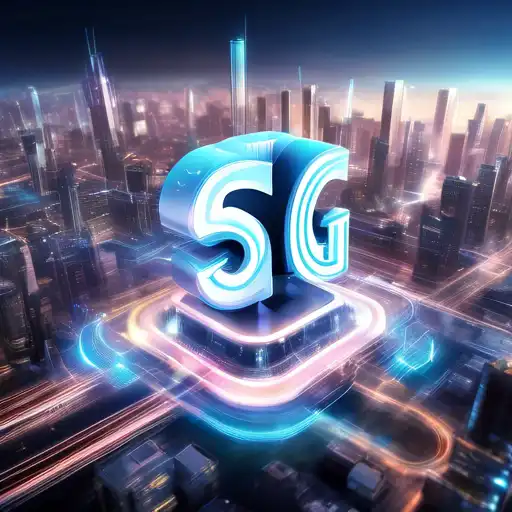Introduction to 5G Technology
5G technology is setting the stage for a monumental shift in how we connect to the internet. With its unprecedented speeds and reliability, 5G is not just an upgrade; it's a revolution that promises to transform industries, enhance mobile broadband services, and enable new technologies.
What Makes 5G Different?
Unlike its predecessors, 5G technology operates on three different spectrum bands, which significantly increases its speed and reduces latency. This means faster downloads, smoother streaming, and more reliable connections, even in crowded areas.
The Three Spectrum Bands of 5G
- Low-band spectrum offers wide coverage but speeds are only marginally better than 4G.
- Mid-band spectrum provides a balance between speed and coverage, making it ideal for urban areas.
- High-band spectrum delivers the fastest speeds but has limited coverage and is best suited for dense urban environments.
Impact of 5G on Internet Speeds
5G technology is capable of delivering speeds up to 100 times faster than 4G. This leap in speed opens up new possibilities for real-time applications, such as virtual reality (VR), augmented reality (AR), and autonomous vehicles, which require instantaneous data transmission.
5G and the Future of Connectivity
The rollout of 5G is paving the way for a more connected and efficient world. From smart cities to telemedicine, the applications of 5G are vast and varied. Its ability to handle massive amounts of data in real-time is what sets it apart from previous generations of wireless technology.
Key Benefits of 5G
- Enhanced Mobile Broadband (eMBB): Offers significantly higher data rates, improving the user experience for streaming and gaming.
- Ultra-Reliable Low Latency Communications (URLLC): Critical for applications requiring real-time feedback, such as remote surgery.
- Massive Machine Type Communications (mMTC): Enables the connectivity of a vast number of devices, essential for the Internet of Things (IoT).
Challenges and Considerations
Despite its benefits, the deployment of 5G technology comes with its set of challenges. These include the need for extensive infrastructure development, concerns over health and safety, and the digital divide that may widen as a result of unequal access to this technology.
Conclusion
5G technology is revolutionizing internet speeds and connectivity, offering a glimpse into a future where digital interactions are seamless and instantaneous. As we stand on the brink of this technological leap, the potential for innovation and transformation across all sectors is limitless.
